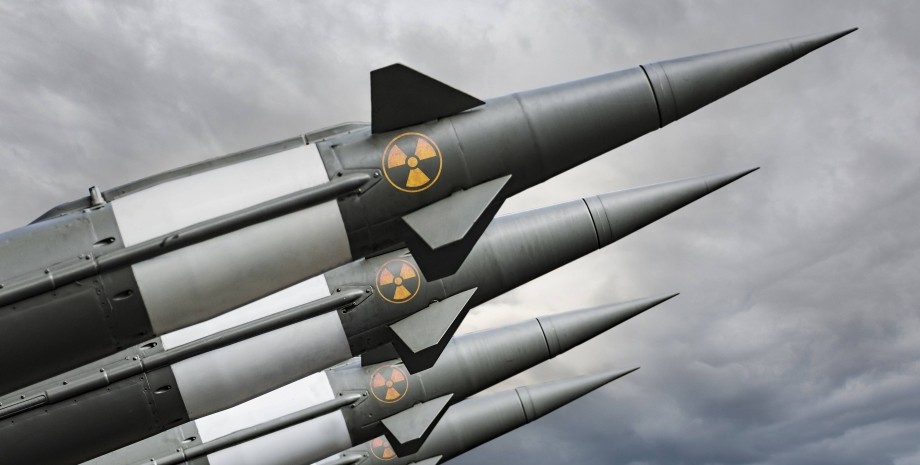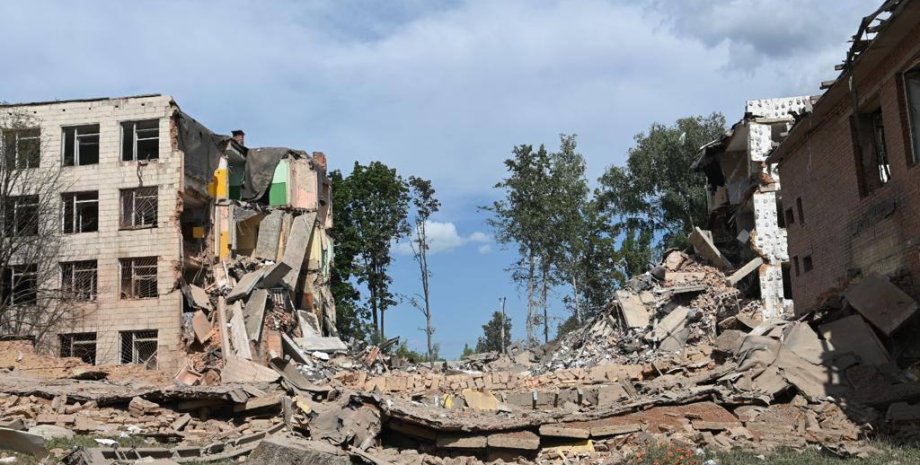
 By Eliza Popova
By Eliza Popova
However, physicists from the University of Maryland have developed a new laser technique that allows you to remove alpha radiation remotely, which can revolutionize in safety and security protocols, Popular Mechanics writes. In focus, technology appeared its Telegram channel.
Subscribe to not miss the most info and interesting news from the world of science! In their recent experiment, published in Science Advances, researchers used an infrared pulse laser on carbon dioxide to detect alpha particles emitted by Polonii-210, a high-giving substance. Due to the lack of place in the laboratory, the maximum detection distance was limited to 10 meters.
However, the team suggests that this method can be scaled to detect radiation from a distance of more than 100 meters, which significantly exceeds the capabilities of modern autonomous radiation detectors. This method is based on the interaction between laser and free electrons generated by radioactive material. When the alpha particles of radionuclides such as Polonii-210 interact with air molecules, they ionize these molecules, creating free electrons.
The laser charges these electrons by energy, forcing them to face other air molecules, releasing additional electrons in the cascade effect known as an electronic avalanche. This process leads to the formation of tiny plasma areas, similar to miniature zippers that scatter laser light back to its source. Analyzing this scattered light, scientists can determine the presence and level of activity of a radioactive source.
The co -author of the study, Howard Milchberg, describes this phenomenon: "It is almost like a small bullet lightning directly in the place where it occurs. The intensity of these plasma formations correlates with the activity of radioactive material, being a measured indicator of its presence.
" This achievement is based on more than ten -year studies of Milchberg and his teams, which have previously proposed to install such a laser system on vehicles for inspection of urban areas and freight containers provided favorable atmospheric conditions. In 2019, they showed a medium infrared laser capable of initiating an electronic avalanche to detect radiation, which laid the basis for the current study.
The potential for the use of this technology is large, including intensified monitoring of split materials at transport units and the detection of nuclear weapons in new industries such as outer space. Researchers continue to improve their system, seeking to increase the radius of its action and ultimately develop a practical approach to remote detection of radioactive materials at considerable distances.
This innovative method is a significant step forward in radiation detection technology, offering a more sensitive and remote way of identifying dangerous materials, thus improving safety and protection in different conditions. Earlier, Focus wrote about the cause of high radioactivity of Chernobyl boars. For decades, as other animals have gradually recovered from the effects of the Chernobyl accident, boars residing in the exclusion zone continued to be a source of radiation.










All rights reserved IN-Ukraine.info - 2022